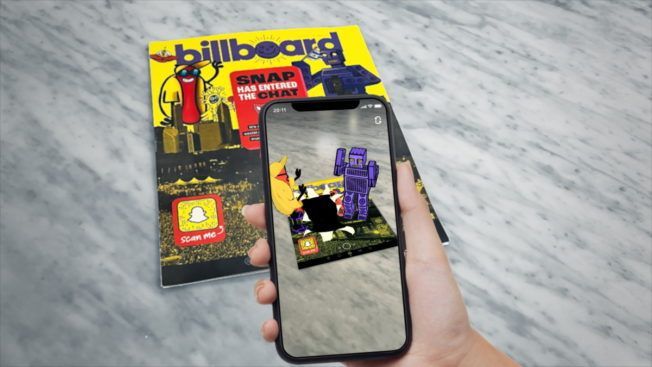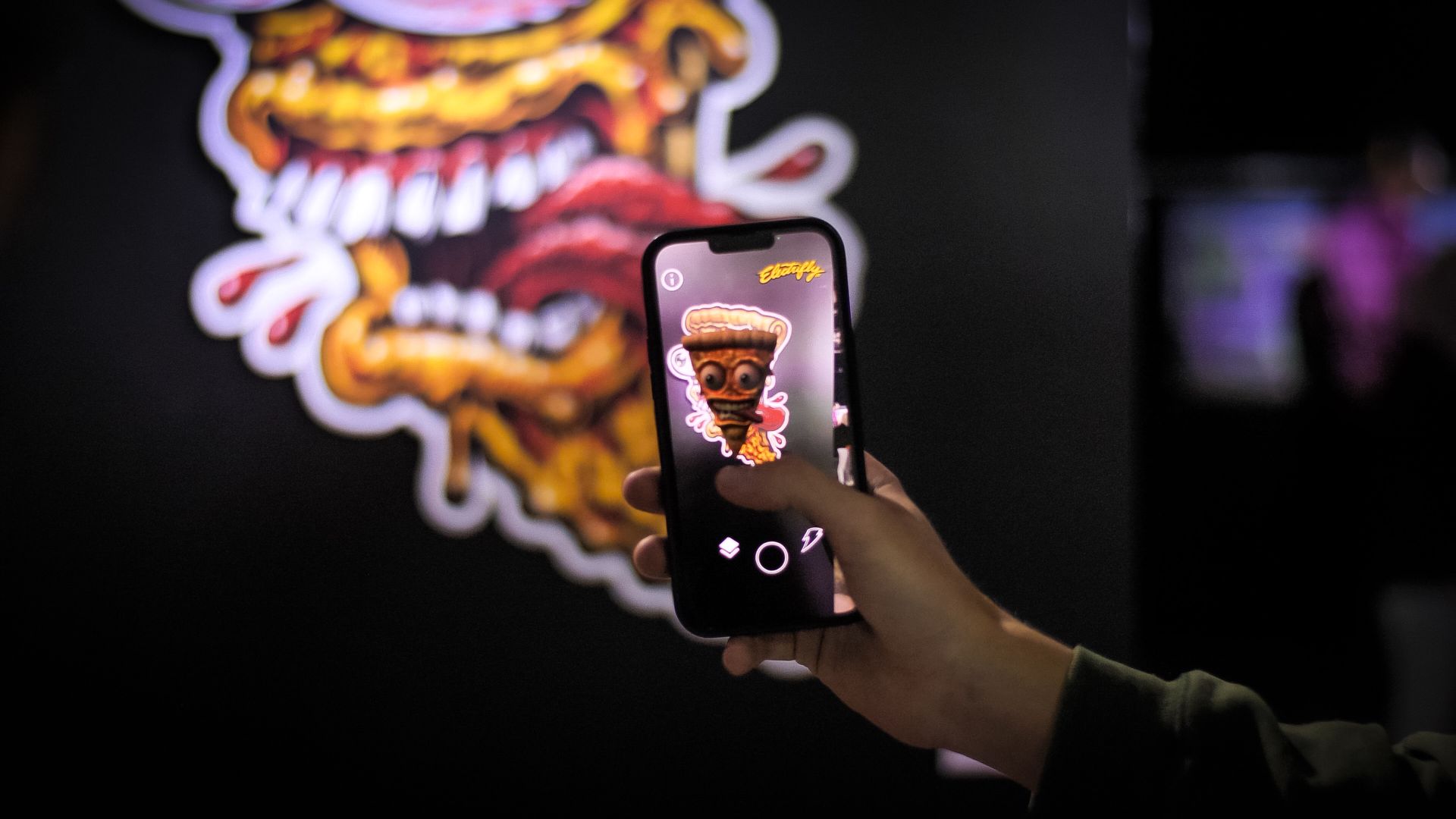What is an Augmented Reality Billboard?
Augmented reality (AR) billboards represent an evolution in advertising, blending traditional out-of-home (OOH) advertising with immersive and interactive AR technology. These AR-powered billboards provide viewers with a more immersive and engaging experience, transforming static advertisements into interactive and dynamic experiences. This article delves into what augmented reality billboards are, how they function, and their impact on the advertising landscape.
The Concept of Augmented Reality Billboards
Traditional billboards have long been a staple in advertising, offering businesses a way to reach large audiences in high-traffic areas. However, the static nature of these billboards often limits their engagement potential. Augmented reality billboards, on the other hand, utilize AR technology to create interactive and visually captivating experiences. Integrating digital content with the physical environment allows these billboards to display 3D animations, videos, and other dynamic content when viewed through a smartphone or AR glasses.

How Augmented Reality Billboards Work
AR billboards leverage AR technology to overlay digital information in the real world. Here's a basic rundown of how they work:
- AR-Enabled Devices: To view the augmented content, users need a smartphone, tablet, or AR glasses equipped with an AR
- app.
- Marker-Based AR: Many AR billboards use marker-based AR, where a specific marker or image triggers the AR experience when scanned by an AR-enabled device.
- Content Activation: Once the marker is detected, the AR app activates the digital content, overlaying it onto the billboard. This can include animations, interactive elements, videos, and more.
- User Interaction: Users can interact with the augmented content in real time, creating a more engaging and memorable experience than traditional billboards.
Benefits of Augmented Reality Billboards
- Enhanced Engagement: AR billboards captivate audiences by providing interactive and immersive experiences encourage active participation.
- Higher Retention: The novelty and interactivity of AR ads lead to higher retention rates than traditional advertising.
- Increased Reach: AR campaigns often gain traction on social media, as users share their experiences, amplifying their reach.
- Real-Time Analytics: Brands can gather data on user interactions, providing valuable insights into consumer behavior and preferences.

Real-World Examples and Case Studies
Electrifly Detroit AR Mural Festival
The Electrifly Detroit AR Mural Festival showcases how AR can transform public art and advertising. This event featured 14 permanent AR murals on local businesses, generating over 1 million impressions and 10,000 user-generated photos and videos. Such initiatives demonstrate the power of AR in engaging communities and driving traffic to specific locations.
Burger King's AR Campaign
Burger King has successfully leveraged AR technology in its advertising campaigns. One notable example is their AR-powered billboards that allow users to see digital flames and animations when viewed through the Burger King app. This interactive experience captures attention and enhances brand recall and engagement.
Integrating AR Billboards into Marketing Strategies
Incorporating AR billboards into a marketing strategy involves several steps:
- Identifying Goals: Define the campaign objectives, such as increasing brand awareness, driving foot traffic, or enhancing customer engagement.
- Creative Development: Design the AR content to be visually appealing and interactive. This may involve working with AR developers, 3D artists, and marketing experts.
- Technology Setup: Ensure the AR experience is accessible through popular AR platforms and compatible with various devices.
- Promotion: Promote the AR billboard campaign through various channels, including social media, email newsletters, and traditional advertising methods.
- Measurement and Analysis: Use analytics tools to track user interactions and measure the campaign's success. This data can inform future AR advertising efforts.
The Future of Augmented Reality Billboards
The potential of AR billboards is vast, with advancements in AR technology continually expanding the possibilities. Future trends may include:
- Integration with Virtual Reality (VR): Combining AR and VR to create hybrid experiences that offer even more immersive interactions.
- Real-Time Updates: Dynamic AR content can be updated in real time based on weather, time of day, or current events.
- Enhanced Interactivity: More sophisticated interactive elements, such as gamified experiences and personalized content based on user data.
- Wider Adoption: As AR technology becomes more accessible, more brands will likely adopt AR billboards, making them a common sight in urban environments.
Conclusion
Augmented reality billboards represent a significant advancement in advertising, merging the physical and digital worlds to create compelling and interactive experiences. By enhancing engagement, increasing retention, and offering valuable insights, AR billboards provide a powerful tool for brands looking to stand out in a crowded advertising landscape. As AR technology continues to evolve, the potential for AR billboards will only grow, offering even more innovative and impactful ways to connect with audiences.
TALK TO A PRO
We're here to bring your brand to life!
Stay Connected with BrandXR
Create Augmented Reality for Free!
Create, Publish, and Measure 3D Augmented Reality Experiences Without Having to Code.














